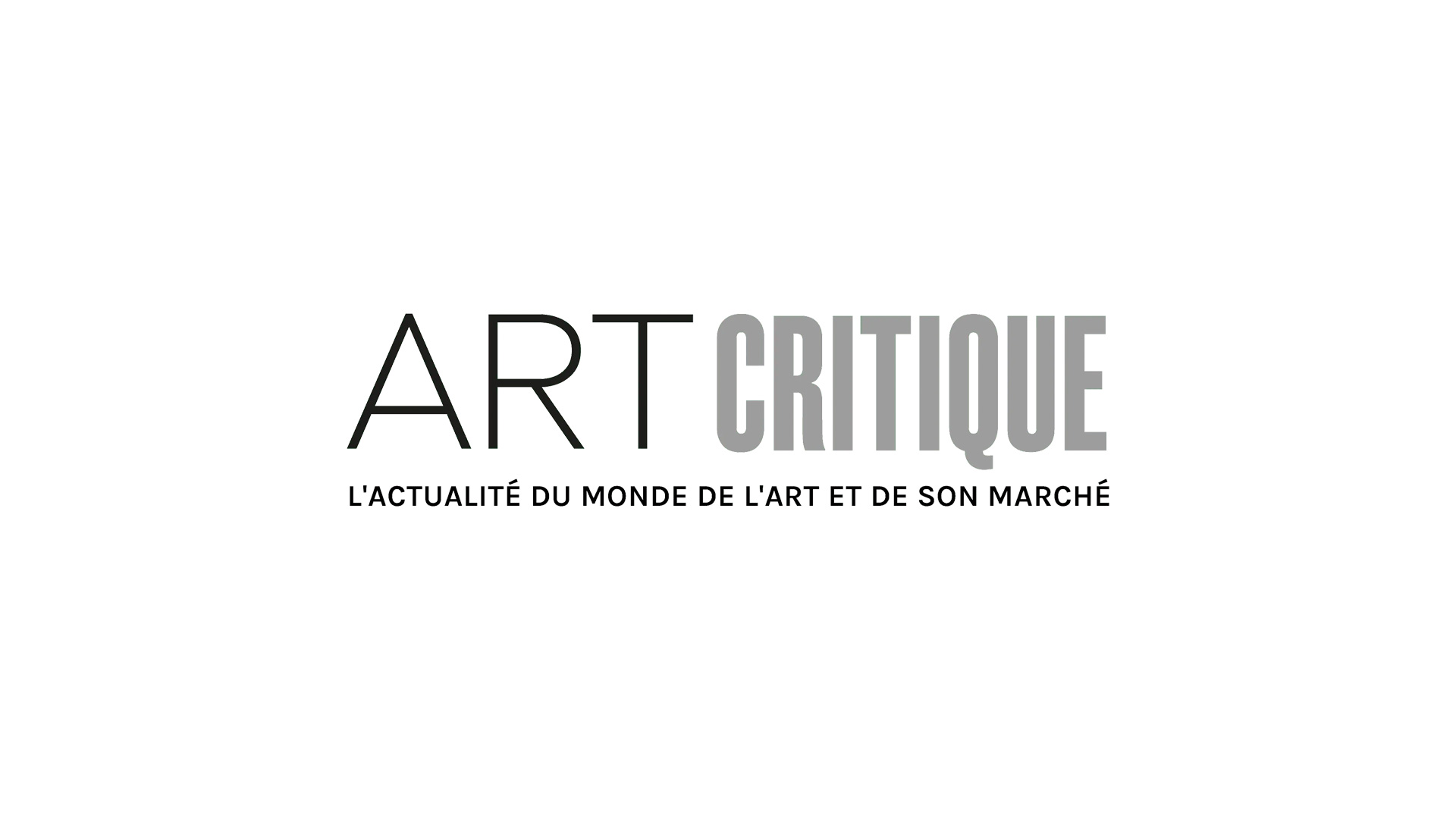The British Museum‘s has massively overhauled Rooms 42 and 43 in its wings to make way for a stunning new permanent exhibition space. The newly named Albukhary Foundation Gallery is a beautifully designed environment highlighting centuries of Islamic art titled ‘The Islamic world’. Opened on the 18th of October, the galleries are notably larger – 200 square meters larger to be exact – than those that previously housed portions of the museum’s extensive collection of Islamic art. Museum visitors now meander through a series of screens and intricately designed spaces that mimic ancient Islamic examples.
Made possible through generous funding by the non-profit, philanthropic organization Albukhary Foundation based in Malaysia, the newly enhanced gallery space is not only easy on the eyes but new technologies allow for more of the British Museum’s collection to be on display. One such advancement will be lighting levels that will allow for light-sensitive objects to be shown more often. This means priceless texts and textiles, like the Hamzanama, that usually remain in the museum’s stores will find their way into the gallery.
Those who identify as Islamic make up just under a quarter of the world’s population and span countries. Despite its reach, much about the religion remains unknown, mysterious, and seemingly monolithic, particularly to Westerners. For Syed Mohamed Albukhary, Director of the Islamic Arts Museum Malaysia, the gallery has the potential for showing museum guests ‘the breadth and depth of the world of Islam – which is anything but one culture, one thing, one place, one time.’ The British Museum, therefore, has the opportunity to help dispel misconceptions about the religion. Director of the British Museum, Hartwig Fischer, notes that the museum’s new gallery will ‘not [be] a dialogue, but a polylogue’.
The galleries are split into two sections: one centres on the seventh to 15th century while the second consists of the period from the 15th century to the present. The central portion of the galleries highlight the major courts of Islam, like the Abbasids or Moghuls. The ancillary display areas that skirt the exterior of the galleries thus allow for the museum to showcase less known Islamic works. Ceramics, metalwork, textiles, calligraphy, and folios offer new and old ideas of Islamic art. From the traditional arabesque to less-familiar figural works.
‘The Islamic world’ gallery make over has acted as the catalyst for the British Museum’s first site-specific artworks by artist Idris Khan. 21 Stones consists of 21 individual paintings of blue oil paint stamped on a unique piece of poetry. The paintings are then mounted on aluminium utilizing a new archival process. The installation represents The Stoning of the Jamarat or ‘Stoning of the Devil’ which is a ritual that takes place annually during the Hajj pilgrimage to the holy city of Mecca. Thus, each painting signifies a stone’s throw and the words are meant to recreate the energy of the experience in Mecca.
The new Albukhary Foundation Gallery is simply a must-see and shows the future Fischer sees for the British Museum.





